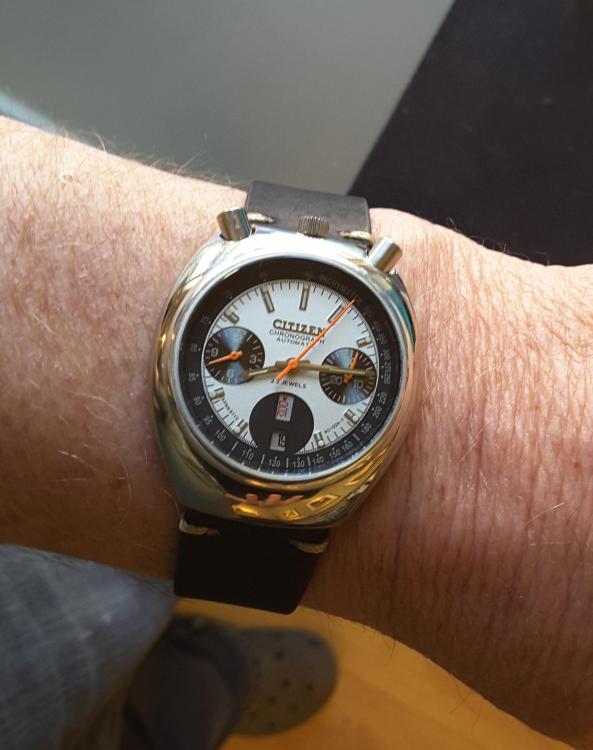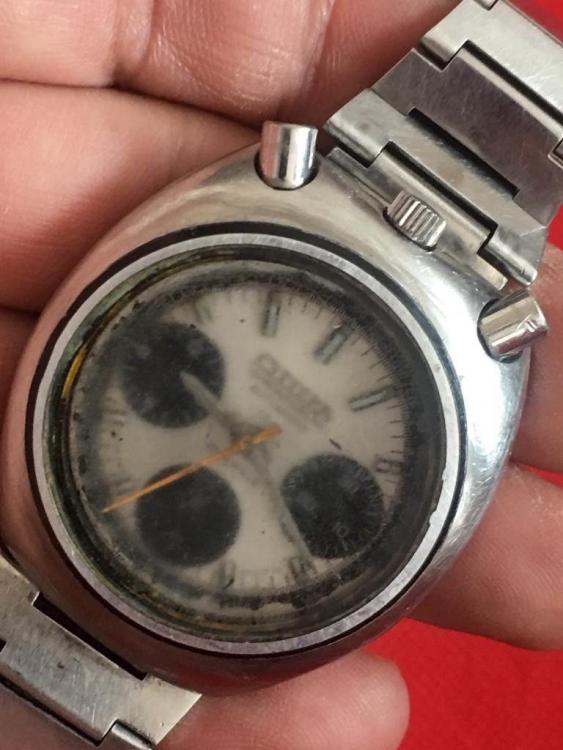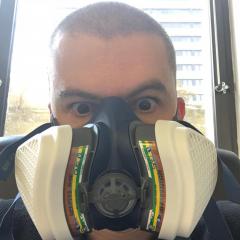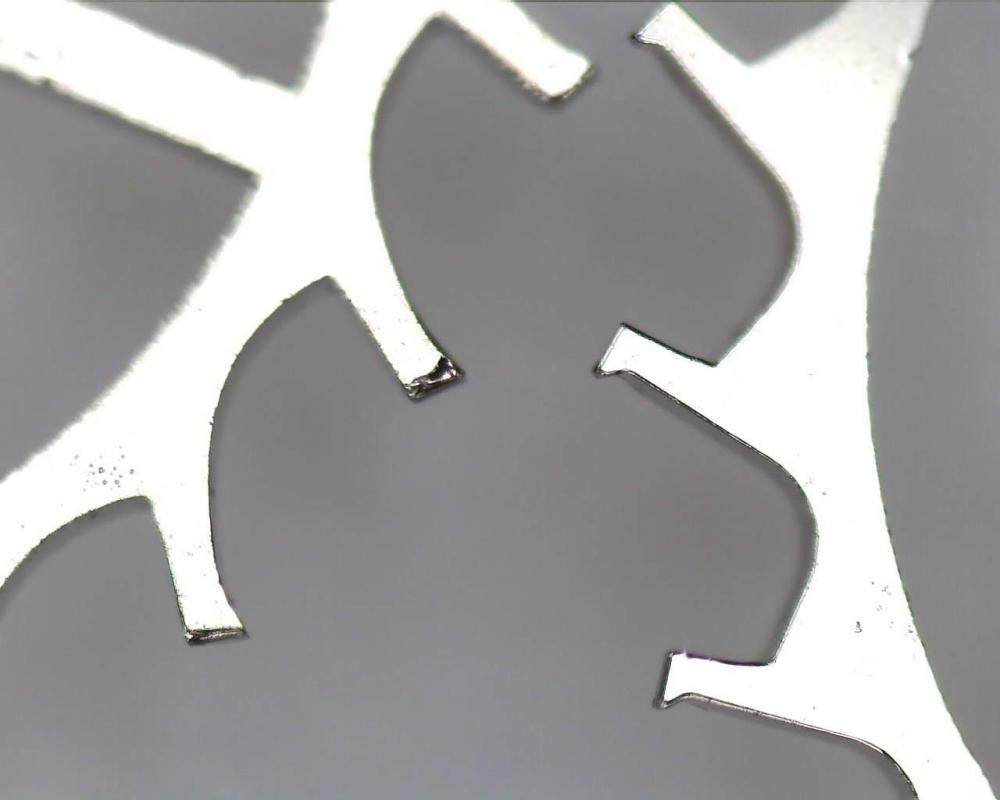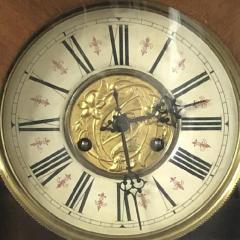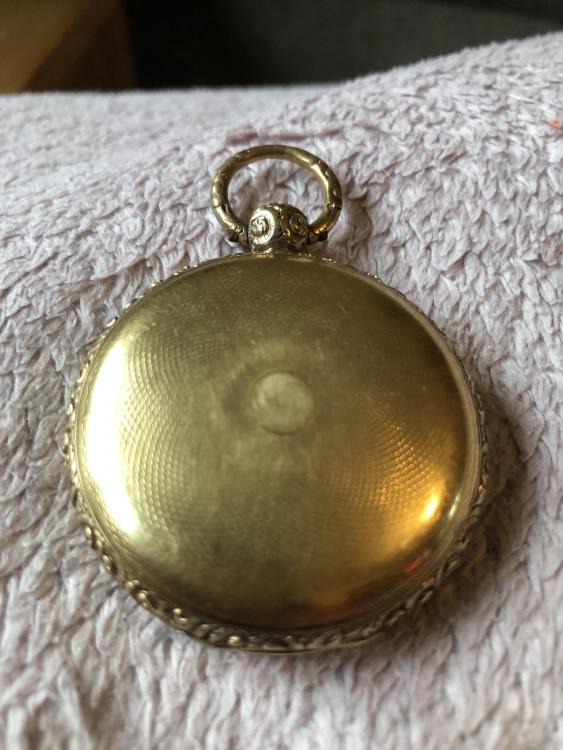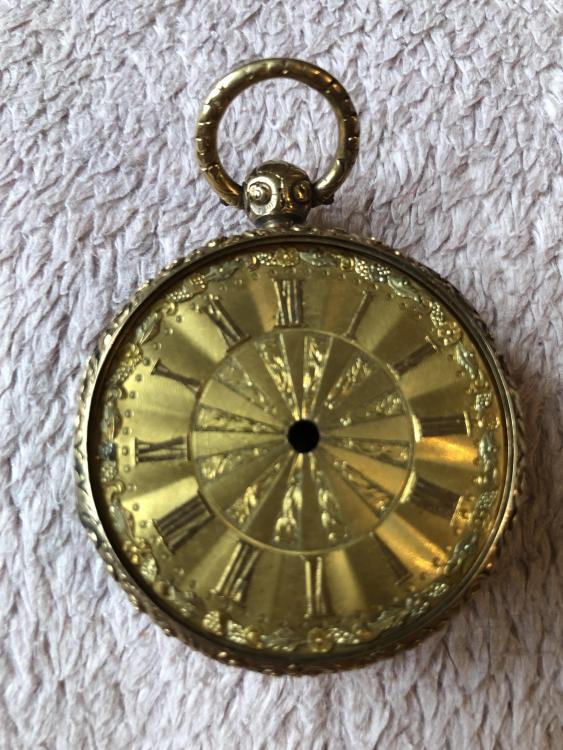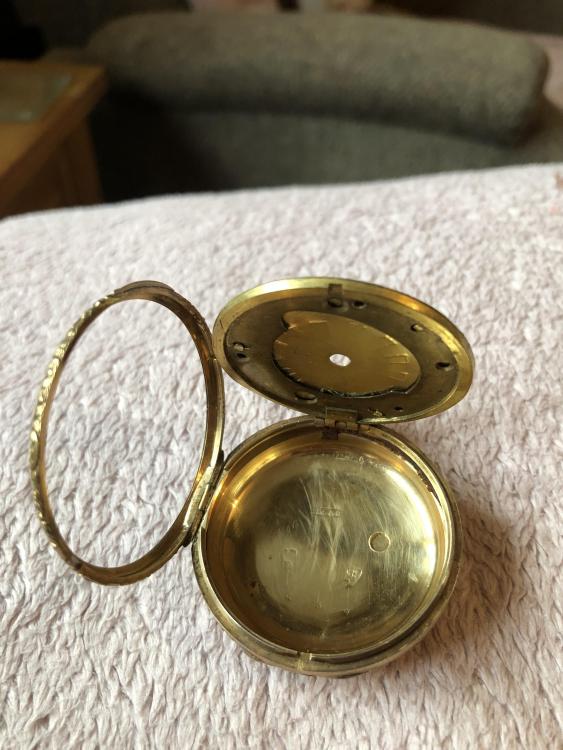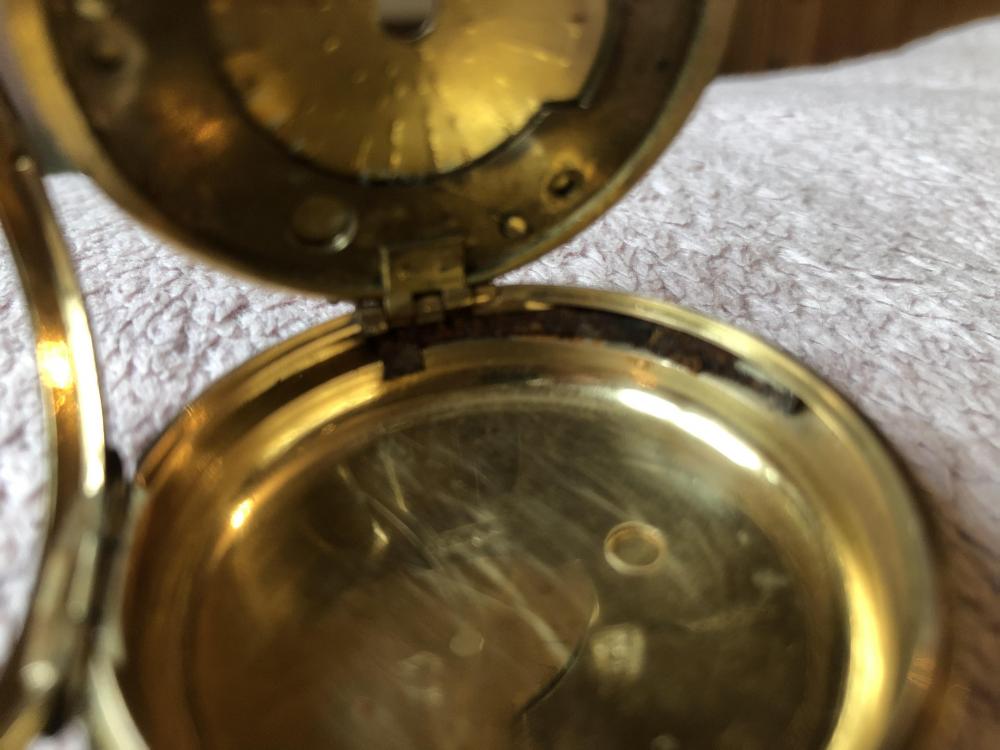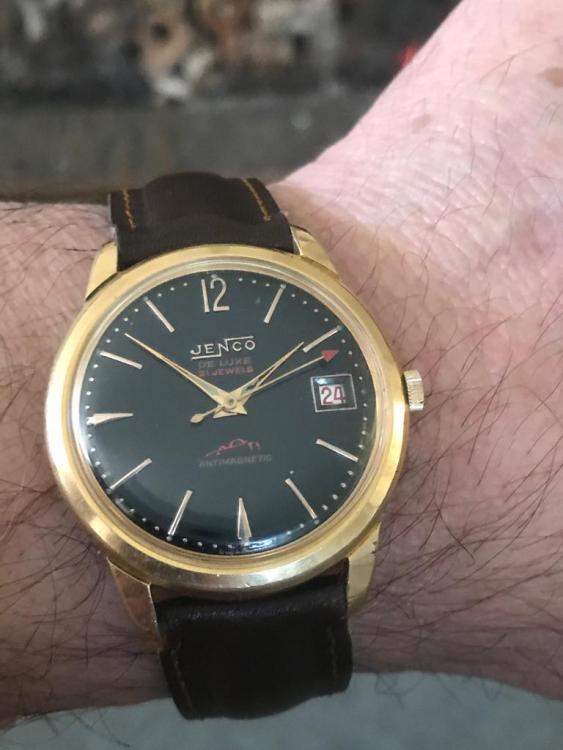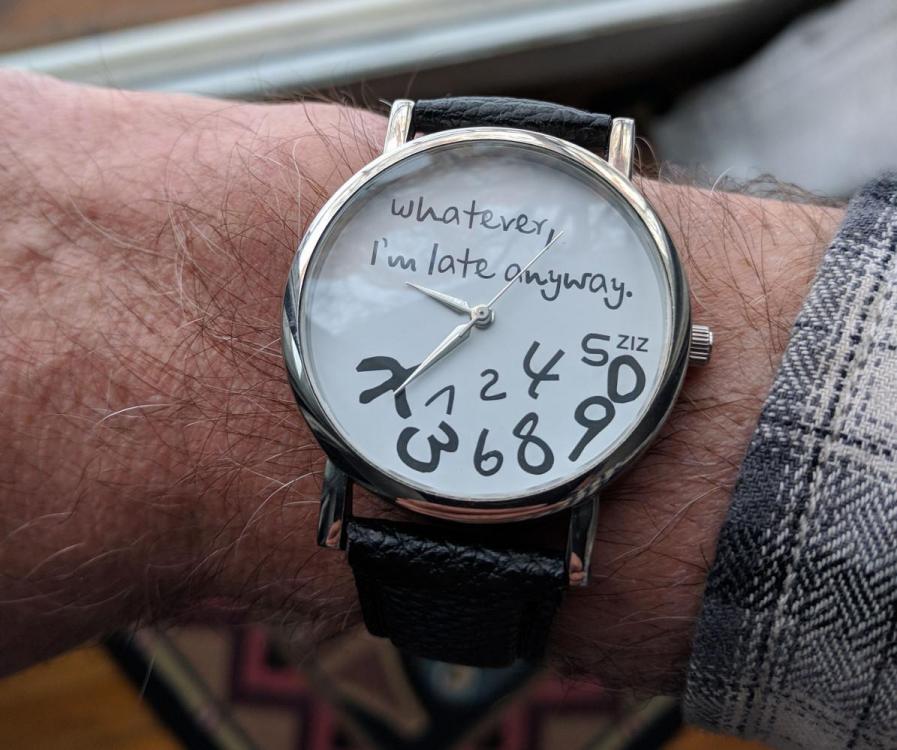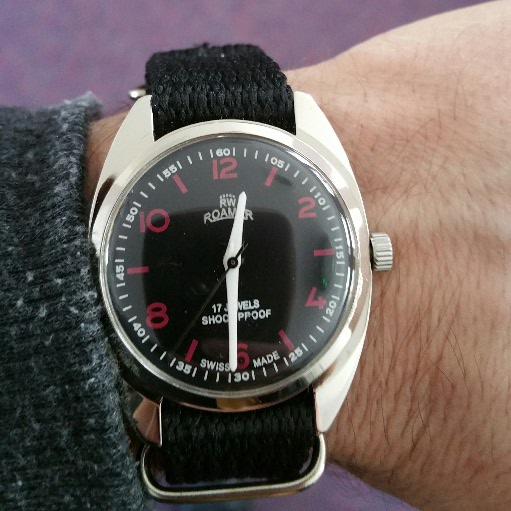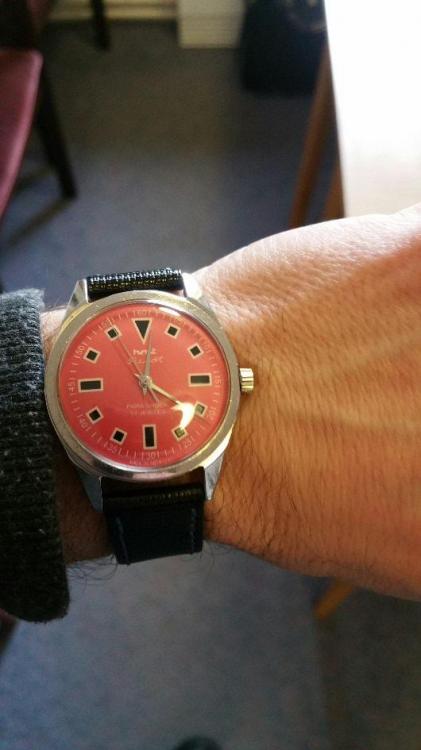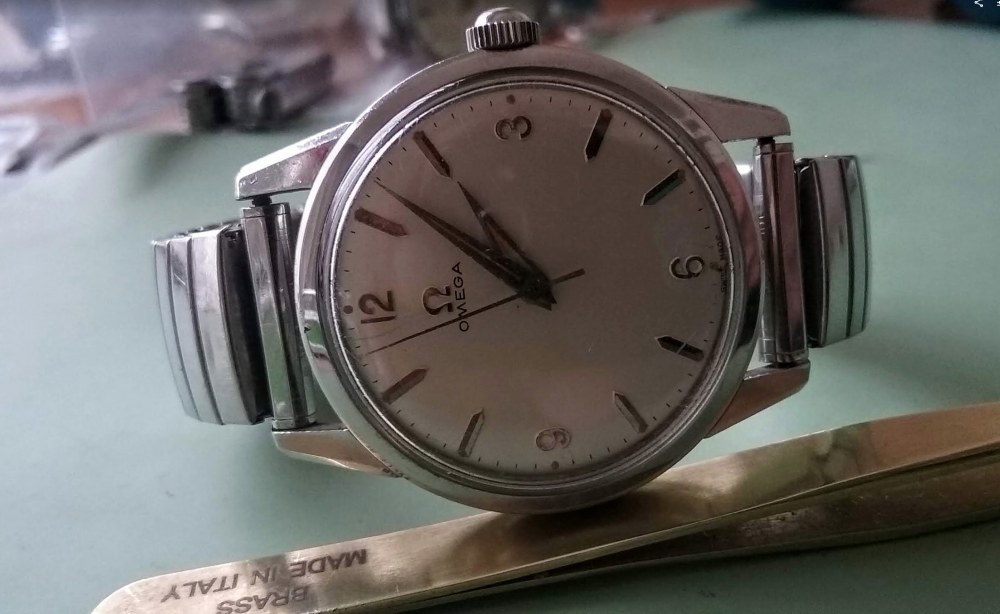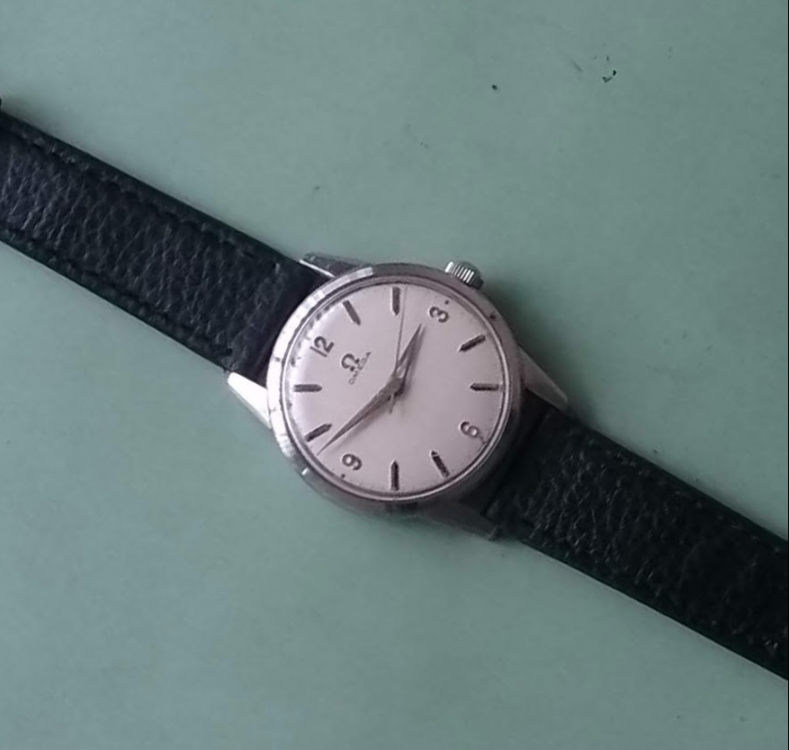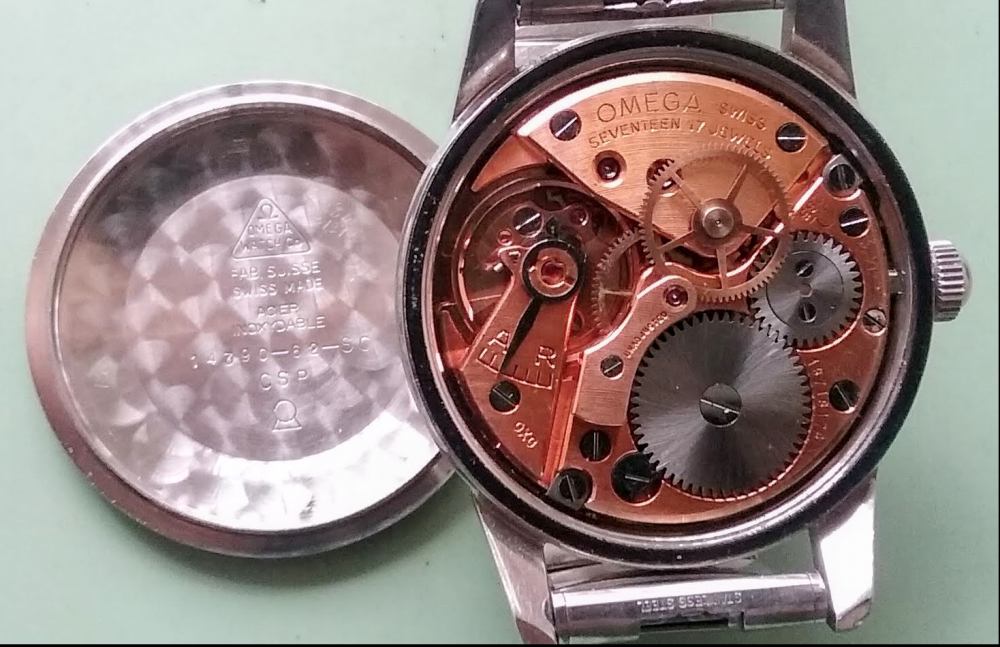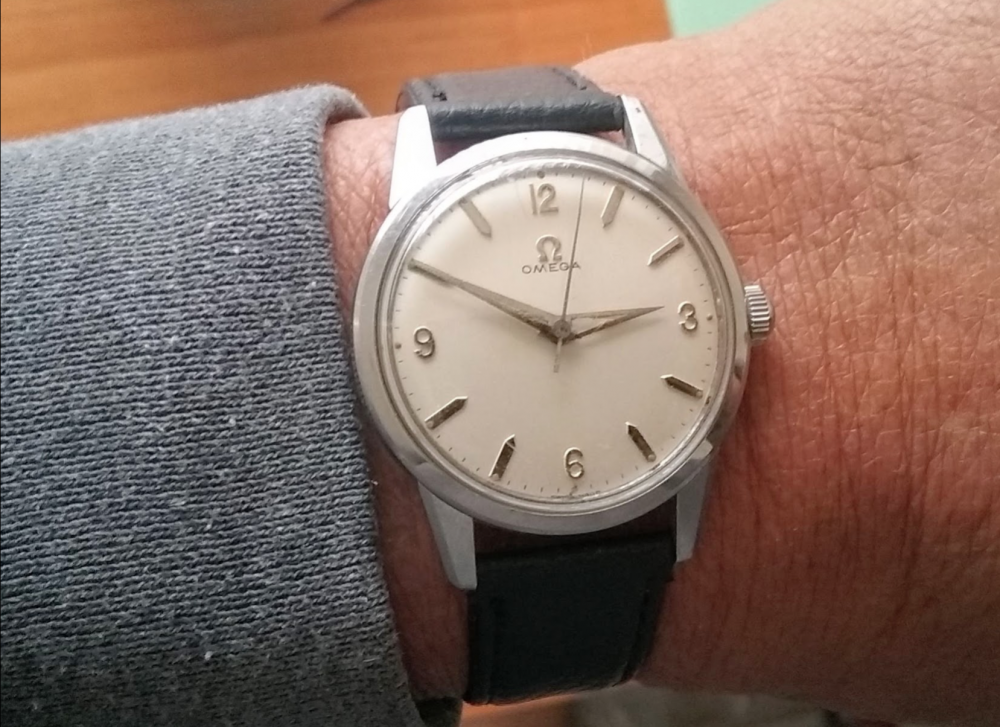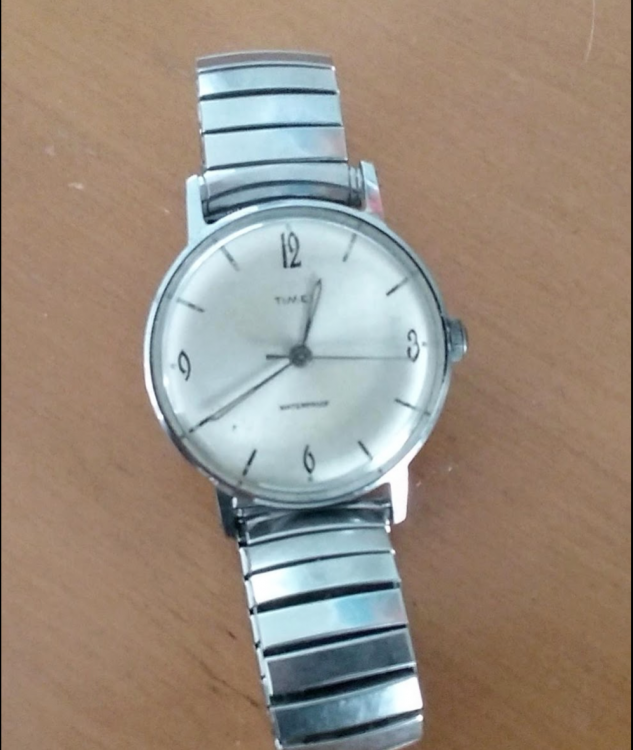Leaderboard
Popular Content
Showing content with the highest reputation on 05/01/19 in Posts
-
3 points
-
3 points
-
So I'm working my casing up a naked movement. Making TONS of mistakes. Just ordered my THIRD cheap Chinese 2824 clone movement thanks to screw-ups rendering the first two non-functional. Thank God for cheap Chinese clone movements. Anyway, my question is this: When I have the dial and hands attached, I then wind the movement and let it run overnight so that I can make sure that the hands don't rub on each other, or hit the dial's attached indices. Then I want to turn the movement over, move the click and release mainspring tension, then remove the stem so that I can put the movement in the case. So I take the movement off of the movement holder (dedicated 11 1/2 linge movement holder, best $15 bucks I ever spent on eBay) and... then what? Is it safe to put a running movement face down on a case cushion? If not, then do I just skip releasing he click all together, and let the movement run down for however many hours it takes? Even with the movement not running, would it THEN be safe to put the movement face down on a cushion with the dial and hands still attached? Of will I rink damaging the hands/scratching the dial? Some stuff you just can't learn on your own. Thank God for the internet.1 point
-
I have today picked up a pocket watch to play with and try and get working. I have no knowledge at all what it is so am asking the collective for any information and help. The movement is loose and has two steel bands inside one of which has rusted. The hands are not there but will be arriving at the weekend. There is no glass so will need to be sourced. I’m not sure if the case is gold, plated or whatever but it will need a polish, any suggestions.1 point
-
If you want to start a watchmaker's tools collection feel free to add the few I've created so far. A hand setting tool and a simple but scalable movement holder. https://www.thingiverse.com/m1ks/designs1 point
-
Not sure until they arrive, I will post an update once here I’d just like to know what it is so I can do a little research1 point
-
1 point
-
I think i will never understand some watchmen. I am in in this just for 8 months, and since 3 months, i never need any magnification and so extreme attention, also working on balance staff on many fake watches, citizen and Seiko movements... After many practicing, i got accustomed and also felt obsessed about cleaning the all balance staff one by one, until the hairspring collet... Until to see highest amplitude, i work on all of them... That's joy for me... Taking my next unemployment salary, i think to work on chronograph movements... First the fake ones... By the way, thanks to all Mark's presentations... I owe him so much !...1 point
-
Your picture of the escape wheel reminded me of where are seen this before. Surface treating to prevent oil spreading is quite common unfortunately if it's not done correctly it can lead to problems like rust. For instance you can see examples of that at the link below. http://watchmakingblog.com/2011/07/29/one-hazard-of-epilame/1 point
-
0w20 synthetic motor oil. I could by expensive watch oil..if I bought expensive watches.viscosity is similar to moebius 9010. It's synthetic..so it doesn't break down.it doesn't turn to sludge.It lubricates over a wide range of temperature.as for WD 40.it's not a lubricant.it's primary use is as a penetrating oil and for water displacement.I have been told it's fish oil.I believe it.Because I have never seen a rusty fish.1 point
-
I always remove the balance from the cock for cleaning IF the balance is not using Etachron system. With Etachron, such as 6497, I tried it once. Taking it out was easy, but pushing the stud back into the jaws of the stud holder during reassembly was tricky (and dangerous). I had to apply quite some force while praying that my pushing "tool" would not slip. The regulator pins needed to be spread out some to allow for the hairspring to drop through (easy), but then on reassembly they need to be closed back - again hoping for the best while working so close to the hairspring. I would not try to repeat this process every time I clean the movement.1 point
-
I'm not sure what type of watch we're talking about, but on Seikos and other shock-proof watches if you don't remove the ebalance nd stones, you can't properly lubricate them, and you haven't done the work. Exception, personally I don't remove the two small diashock springs and stones, which are too small and delicate to be worth fighting with. That has been discussed in a recent thread.1 point
-
This what I used to do. Remove the balance from the balance cock. Put the balance in ronsonal in a pot with a screw lid and leave. All other parts went into the watch cleaning machine, which was an L & R Varimatic with ultrasonic, one of the best machines in those days money could buy. Never needed to remove jewel caps, that machine did the lot.1 point
-
1 point
-
Don’t be jealous. My trainer keeps saying how it is important to make mistakes... that’s how you learn. But I wasn’t learning by practicing on broken cheap movements. [emoji53] Also he keeps saying don’t rush to be successful. Horology takes a lifetime to learn. Sent from my iPhone using Tapatalk1 point
-
Hello Darak, apologies for taking a while to respond to you, I have been away working. I was very lucky to have met a professional Horologist who lives near to me and spares time for me to learn from him. Prior to meeting this gentleman I spent 4 years as a self taught diy Horologist tinkering with cheap or dysfunctional movements I bought off eBay, usually £1 to £3 a pop. Yes, they taught me manual dexterity and manipulation of parts, I even managed to reform a few damaged hairsprings, to a degree. The best advice I was given by the professional Horologist , (and hence I passed it onto you) was to learn on movements of quality, ones which are runners. JDMs response is I hope purely flippant. Of course most would not interpret my advice as “all newbies should start by only tearing down fine omega or Rolex time pieces”. It is possible to find working, albeit uncased ETA or AS movements for example on eBay for as little as £5 to £10. The movement should be running beforehand. Stripping, cleaning, rebuilding and lubricating a non running watch yields no lessons learned or sense of achievement if the movement still turns out to be a non runner. I have learned horology is a journey and not a destination, and for me it was important to gain confidence through success. Kind regards Deggsie Sent from my iPhone using Tapatalk1 point
-
I wanted to add that removing and (even more) installing this type of hairsprings is a delicate task. So the OP as a beginner did well in doing that without damage, no matter the exact steps he followed.1 point
-
1 point
-
The gap between the regulator index pins definitely play a part in isochronism. If the gap is too wide the lower the amplitude the more time the spring spends floating between the pins and the slower the rate.1 point
-
Since that doc was new to me, I've discussed and credited your finding on WUS https://forums.watchuseek.com/f21/recently-upgraded-6r15c-ne15b-665232-6.html#post487707891 point
-
In my experience Seiko never fails to correctly lubricate the balance stones at production, even if other points can be deficient as noted above. No idea about the pallet stones as I don't have a microscope to observe that. For these, 9515 would be better that 9010, although in my simple approach I use the latter only. I disagree with that, after having an u/s cleaner that broke on me, I find no real advantage in u/s cleaning. Before that was available, parts were cleaned anyway and amazing pieces made and services to perfection. That is quite a new concept, "practice on fine pieces because the cheap one may get you disappointed"? The focus in learning should be about developing dexterity, using the correct techniques and fully understand how parts typically function and behave when manipulated. Not going for quick satisfying results on valuable pieces. So, my vote goes to getting cheap old Swiss, or Seiko, or new Chinese, depending on student's preferences. To this effect the OP going to his own nice watches right away has been a risk taking, but so far he managed to do good. I'd recommend anyway he gets a neglected Seiko 5 to further practice, simply because skill developing is based on repetition, and repeated manipulation is detrimental to a mov.t.1 point
-
Hi Darak. Thanks for the reply. I think when you properly clean and correctly lubricate the upper/lower balance jewels you will see better results - not such a big difference in s/day when the watch is moved to the various positions. I usually check and record dial up, dial down, 6up, 3up, 9up and 12up. You’ll need to remove the watch from the microphone clamp and turn it over to get all readings. Retrospectively, lubrication technique is more important than the lubricant when learning. Don’t rush out and buy too many. As a guide, just a dot of moebius 8000 on your thumb nail will do the whole watch. That’s how little you need. If you are using a lot more, question where it’s going. Only oil the face of the ‘exit’ pallet stone and never the pallet pivots unless you find specific instructions from the manufacturer to say otherwise. An ultrasonic cleaner will be a low cost high gain addition to your toolkit. Don’t waste time and money trying to learn on cheap junk movements, it is likely they were rubbish when new and you’ll tear your hair out wondering why you cannot get them to run well. AS and ETA are nice, but watch out as it’s difficult to buy spares such as hair springs for some of the older models. Kind regards, Deggsie Sent from my iPhone using Tapatalk1 point
-
1 point
-
1 point
-
1 point
-
Hi AndyHull , your enthusiasm is to be commended . That is how I , and I am sure many others on this forum , got started with this addiction . I started by getting a bag of cheap watches and parts from India to make steampunk jewelry from the watch parts . Then after I saw a couple of watches in that bag trying to run I decided to try and take one apart and see if I could re-assemble it to run again . After 3 or 4 attempts full of parts pinging off to the Moon , and stretching out of shape a couple of hairsprings , I succeeded ....and was hooked . Riding the wave of my success , I graduated to Inexpensive Timex watches to collect and operate on . Hand wind , automatics , electrics , and any thing else they produced to throw my pennies at . Then very slowly , but with consistency , came the Seiko and Citizens , Then the Invictas , then the other American brands followed by the vintage Swiss watches , then the more affordable more contemporary Swiss watches . I can always find or make up justification to get my next watch . Now I have addicted to Longines , Breitling , Omega , and Rolexes ....whew .......Watch Your Step .....and enjoy your path wherever it takes you . I think Jersy Mo can steer you in a direction for things Timex ....Good Luck .1 point
-
I picked up a few watches yesterday . One of them was this Omega Jumbo Hand wind cal 255 piece . I also picked up a Cal 254 with the lot I got from a local craigslist ad , The seller had a truckload of used watches , but most were cheap , quartz watches that hadn't worked in a while . I was able to Pick up 8 watches that to me had some potential for collecting or resale if they work after cleaning , and installing new batteries on about 4 of them . One of them was a hand wind Timex Marlin that is working and looking good . Anyway , this Omega 255 was fully wound , but not working . I took off the back and the first thing I noticed was quite a few Watchmakers ID's scratched into the case back . On closer inspection I noticed that the 2nd to last coil on this Brueget hairspring was wrapped around the regulating arm . Not bent in any way , just installed improperly . After correcting that situation , the watch took off running and has been keeping accurate time since Yesterday . The case measures in at 35.5 mm W/O crown , And the watch has a nice size presence on the wrist for a vintage watch . I believe this watch is from the 60's . I have to get more into how to date Omegas ,....one of these days . The Omega 255..... And the Hand wind , waterproof Timex ,...Marlin... [I THINK ....]1 point



